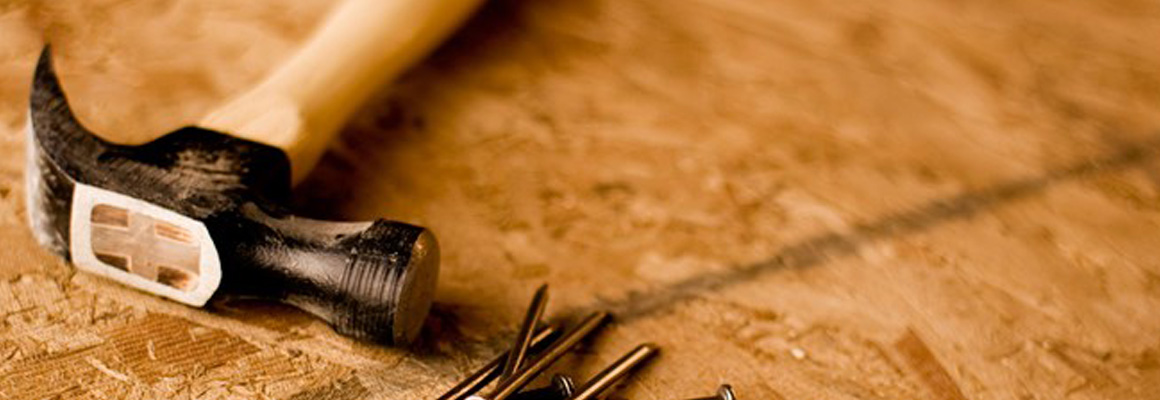How To Change A Lock
A step-by-step guide on how to change door locks
Surprisingly, 74% of people in the UK admit that they didn’t change the door locks when they moved into their new home, even though it can help prevent them being burgled, and most insurance companies recommend it.
It’s sensible to change your locks after a burglary or if you’ve lost your keys, although many people can be intimidated by the thought of doing DIY that could affect the security of their home.
But it’s not as tricky as you might think - replacing a mortice lock should only take around 45 minutes, while a nightlatch lock can be replaced in about 20 minutes - and it can save you money too.
Getting started - what tools do I need?

Before you start changing a door lock, here’s a list of the tools that you should have to hand:
- Safety goggles
- Tape measure
- Flathead screwdriver
- Cross-head screwdriver
- Hammer
- Wood chisel
- DIY hacksaw
- Pencil
How to change a mortice sashlock or a mortice deadlock
Although mortice sashlocks and mortice deadlocks look slightly different, they’re fitted in the same way. Just ignore steps one and two if you’re fitting a mortice deadlock.
- Remove the handle on the inside of the door by taking out the screws that keep it in place with a screwdriver. Put the handle somewhere safe. You’ll need to reattach it later.
- Next, remove the bar that connects the handle to the door - called the spindle bar - as well as the handle on the outside of the door. Keep everything safely together.
- Now, remove the screws that secure the lock, and the lock itself.
- The old lock has now been removed and you just need to slide the replacement into position and secure it with screws. It’s important the lock fits properly. If it doesn’t, use a wood chisel to remove some of the wood from the door edge
so you get a snug fit.
- Now the lock is in place, you can reposition the spindle and handles. Make sure you’ve checked it works smoothly and that the bolt extends into the hole in the strike plate - the metal plate fixed to the door frame - correctly for security.
Make sure your locks are up to your insurer’s standards
British Standard mortice locks are approved by most insurers, as they offer the maximum level of security for external wooden doors. Look for a five-lever lock with the kitemark BS3621, as this means it has been approved by the British Standards Institution - a national body that tests a number of consumer products in the UK.
How to replace a nightlatch, or cylinder lock
- First, unscrew the body of the lock, remove it from the door and keep it safe.
- Remove the two screws holding the cylinder part of the lock - where you would insert the key - in place. Leave the mounting plate - the piece of metal that keeps the cylinder secured - in place.
- Remove the old cylinder from the outside and slide the new cylinder back into the same place. Replace the two screws you removed in step two to secure the cylinder.
- Now it’s time to refit the body of the lock which you removed in step one. If the connecting bar is a little long, remove the lock body and cut the bar down with a hacksaw before replacing it.
- Once the lock body is back in place, check that the door opens and closes easily without getting stuck, and that your new key turns smoothly in the lock.
Hiring a locksmith
If you do decide to hire a locksmith, it’s a good idea to choose one who is a member of the Master Locksmiths Association, who you can be sure are qualified and regularly inspected to check the quality of their work.
Find out more about choosing the right types of locks for your home by reading our guide.
Find out more about Home Insurance from Swinton...
- Combined Home Insurance - Protect your home and its contents
- Buildings Insurance - Flexible buildings cover to suit your needs
- Contents Insurance - Protect your possessions from loss or damage